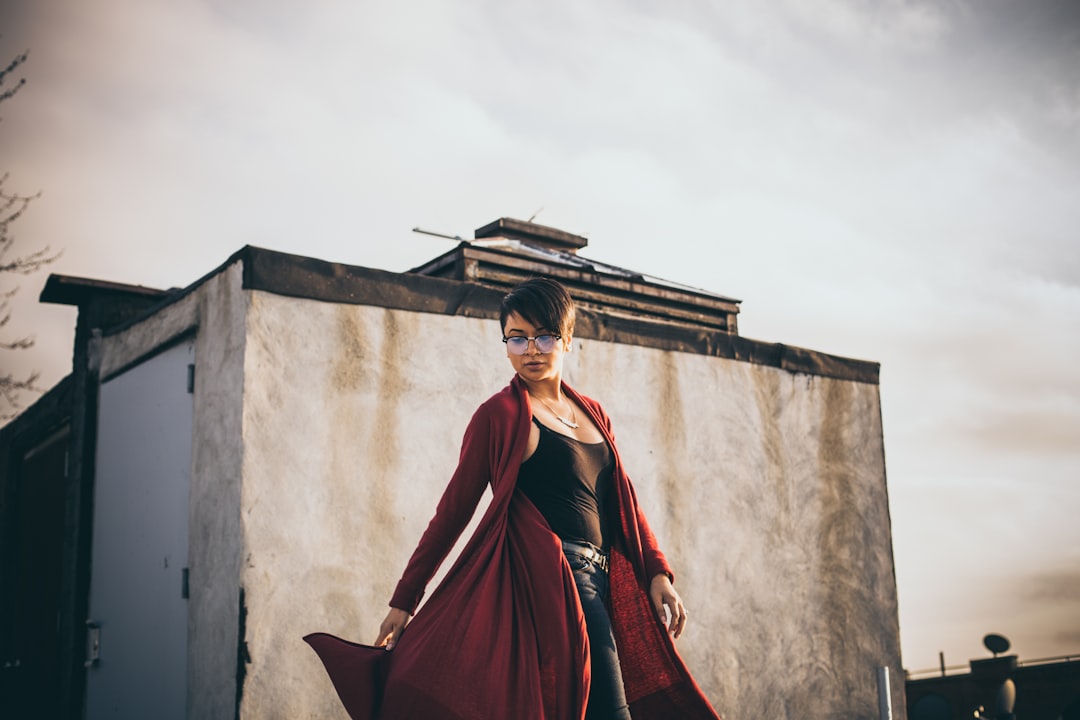Explore whether RED is the best Chinese social media platform for fashion brands and how to craft a successful RED social strategy.
Introduction to RED
In the rapidly evolving landscape of Chinese social media, RED, also known as Xiaohongshu or Little Red Book, has emerged as a pivotal platform for fashion brands. Often compared to Instagram, RED distinguishes itself with a stronger focus on product recommendations, reviews, and seamless e-commerce integration. For fashion brands aiming to penetrate the Chinese market, understanding the intricacies of the RED platform for fashion is essential for crafting effective marketing strategies.
Why RED Matters for Fashion Brands
A Hub for Young, Affluent Consumers
RED boasts a monthly active user base of 200 million as of 2022, with 80% of its users being female and primarily from first and second-tier cities. This demographic is particularly attractive to fashion and luxury brands, as it comprises young, affluent consumers who are keen on the latest trends and willing to invest in quality products.
Emphasis on Authenticity and Conversion
Unlike other social media platforms, RED places a significant emphasis on authentic product reviews and recommendations. Consumers frequently use RED as a crucial step in their pre-purchase journey, seeking genuine opinions before making buying decisions. This authenticity fosters trust and can lead to higher conversion rates for brands that effectively leverage the platform for fashion marketing.
Key Features of the RED Platform for Fashion Marketing
Robust E-commerce Integration
RED seamlessly blends social media with e-commerce, allowing users to purchase products directly through the app. This integration simplifies the shopping experience and enables fashion brands to drive direct sales without redirecting users to external websites.
Powerful Search and Discovery
RED’s advanced search and discovery functionalities make it easier for users to find relevant content. By optimizing content with relevant keywords and hashtags, fashion brands can enhance their visibility and reach a broader audience on the platform.
Content Personalization
Users can save product reviews and other content to personalized boards, similar to Pinterest. This feature encourages repeat engagement and allows brands to remain top-of-mind as consumers curate their favorite products and styles.
Measuring Success on RED with Media Impact Value (MIV®)
To gauge the effectiveness of marketing activities on RED, brands can utilize Media Impact Value (MIV®), a proprietary algorithm by Launchmetrics. MIV® assigns a monetary value to campaigns, providing a clear understanding of their Return on Investment (ROI). For instance, Anta’s collaboration with Eileen Gu generated $2.5M in MIV® on RED, highlighting the platform’s potential for significant value creation in the fashion sector.
Case Study: Anta & Eileen House
In 2022, sportswear brand Anta launched a pop-up store in Beijing inspired by celebrity ski champion Eileen Gu. The campaign garnered substantial engagement on RED, generating $2.5M in MIV®. Approximately $33k of this value was directly attributed to Key Opinion Leaders (KOLs) and Key Opinion Consumers (KOCs), demonstrating the platform’s effectiveness in driving both awareness and sales through influencer collaborations.
Crafting a Successful RED Strategy for Fashion Brands
1. Know Your Brand’s Position
Understanding your brand’s position in the Chinese market relative to competitors is crucial. Conducting competitive benchmarking using metrics like Media Impact Value helps in identifying strengths and opportunities to enhance your presence on the RED platform for fashion.
2. Set Up Your Owned RED Account
Establishing an official brand account on RED allows complete control over your brand messaging. Actively engaging with users through comments, responding to inquiries, and participating in community discussions can build trust and loyalty among your target audience.
3. Consider Traditional Advertising Options
RED offers pop-up ads and integrated ads for brands that prefer traditional advertising methods. However, given RED users’ preference for authenticity, collaborating with influencers (KOLs and KOCs) might yield better engagement and ROI for fashion brands.
4. Utilize Social Search Optimization
Incorporate relevant keywords and hashtags into your content to improve discoverability. RED’s search algorithm favors content with strategic keyword placement, making Social Search Optimization a vital component of your RED platform for fashion strategy.
5. Collaborate with KOLs and KOCs
Leveraging the influence of KOLs and KOCs can significantly enhance your brand’s reach and credibility on RED. KOLs offer broad influence and high engagement, while KOCs provide authentic, grassroots-level promotion. Utilizing media monitoring technology ensures that you can optimize these collaborations in real-time for maximum impact.
Conclusion
RED has established itself as a cornerstone for fashion brands seeking to engage with the Chinese market. Its unique blend of social media and e-commerce, coupled with a highly targeted and affluent user base, makes the RED platform for fashion an invaluable tool for driving brand awareness and sales. By implementing a well-rounded RED social strategy that includes authentic engagement, strategic collaborations, and effective performance tracking, fashion brands can unlock significant growth opportunities in China’s dynamic market.
Ready to elevate your fashion brand in the Chinese market? Partner with Ripple Marketing to navigate the complexities and maximize your success on RED and beyond.

Leave a Reply